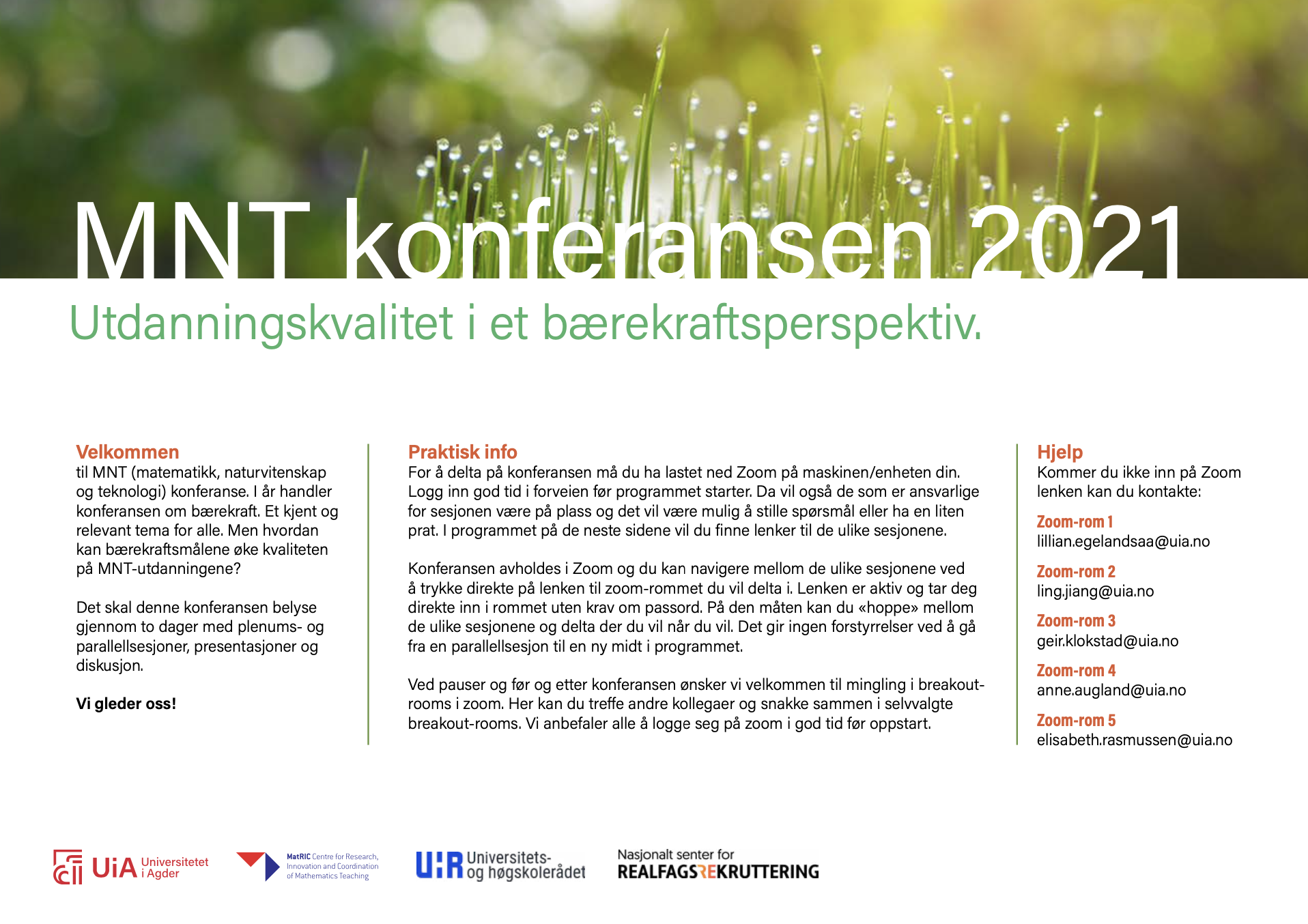Exploring Educational Change in First-Year Calculus: A Comparative Case Study
DOI:
https://doi.org/10.5324/njsteme.v5i1.3888Resumé
This article draws on research conducted in a mandatory, first-year calculus course at the Norwegian University of Science and Technology. By the turn of the century concerns were expressed over high failure rates in calculus, and action was called for to remedy the situation. In the years to come, various measures were introduced, though rather scattered and unsystematic. From 2013 onwards development initiatives in the course became more systematic, ensued by expectations of improved learning outcomes. This study draws on data collected by identical surveys conducted four years apart with a view to similarities and differences in attitudes and behaviours. Contrary to expectations, observed changes turned out to be marginal, if not totally missing, which in turn motivated the search for explanations to design more productive strategies.
Downloads
Downloads
Publiceret
Citation/Eksport
Nummer
Sektion
Licens
Copyright (c) 2021 Vidar Gynnild

Dette værk er under følgende licens Creative Commons Navngivelse (by).
The Nordic Journal of STEM Education licenses all content of the journal under a Creative Commons Attribution (CC-BY) licence. This means, among other things, that anyone is free to copy and distribute the content, as long as they give proper credit to the author(s) and the journal. For further information, see Creative Commons website for human readable or lawyer readable versions.
Authors who publish with this journal agree to the following terms:
1. Authors retain copyright and grant the journal right of first publication with the work simultaneously licensed under a Creative Commons Attribution License that allows others to share the work with an acknowledgement of the work's authorship and initial publication in this journal.
2. Authors are able to enter into separate, additional contractual arrangements for the non-exclusive distribution of the journal's published version of the work (e.g., post it to an institutional repository or publish it in a book), with an acknowledgement of its initial publication in this journal.
3. Authors are permitted and encouraged to post their work online (e.g., in institutional repositories or on their website) prior to and during the submission process, as it can lead to productive exchanges, as well as earlier and greater citation of published work (See The Effect of Open Access

